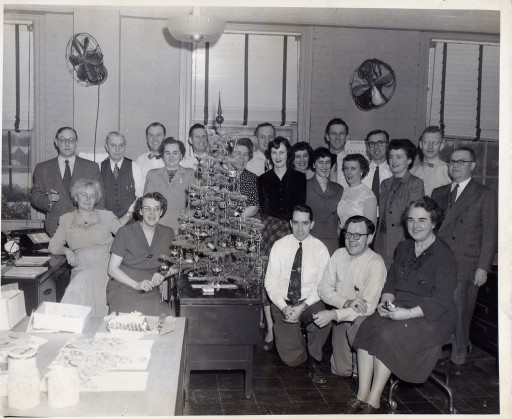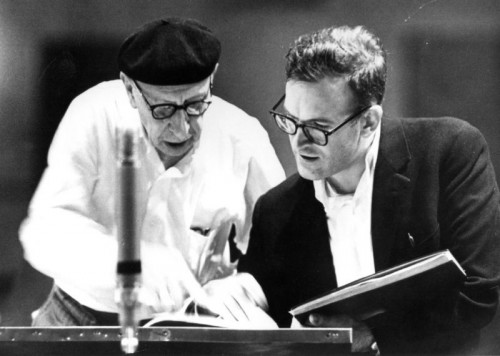This interview was originally published in the October 4th issue of The Palm Beach Letter.
Tim Mittelstaedt: Let’s talk about books. What is the best book on economics or investing you’ve ever read?
Mark: Gee, I haven’t read all that many. But I’d have to say that the book that had the greatest impact on my thinking was Henry Hazlitt’s Economics in One Lesson.
Tim: A classic. How did that affect you?
Mark: It was one of those “eureka!” moments. It was like coming up from a murky basement into a bright room. The book gave me a clear, common-sense explanation of why things were the way they were. I could finally see the fallacies that supported so much stupidity that passed for economic science.
Tim: Such as?
Mark: Such as why public works are so often wasteful, why government credit diverts production, why technological advances are good, not bad, for employment, why spread-the-work schemes inevitably fail, why government price fixing and tariffs make us poorer, etc.
Tim: So what is the most important thing you got from reading Economics in One Lesson?
Mark: That you can’t understand any economic policy unless you look at the whole picture. It’s not enough to see the immediate, localized consequences of any public action. You must see its long-term effect on the entire economic community. Hazlitt says that nine tenths of the economic fallacies that politicians use do so much harm because they ignore this lesson. After reading the book, I can’t help but agree.
Tim: That’s a little abstract. Can you explain?
Mark: Hazlitt explains it beautifully in the second chapter, entitled “The Broken Window.” It goes like this: A hoodlum throws a rock through a baker’s plate glass window. A crowd gathers and talks about what a shame it is. But someone suggests that it is actually a blessing. He points out that the $250 the baker must pay for a new window will make the glazier $250 richer. And the glazier will use that $250 to spend with other merchants. The smashed window, according to this theory, will go on providing money and employment in ever-widening circles.
The logic is that the hoodlum who threw the brick was not a menace at all, but a public benefactor. The crowd agrees.
Tim: It does seem like a compelling argument.
Mark: It does. Yet, it’s a logical fallacy.
Tim: So what’s the fallacy?






